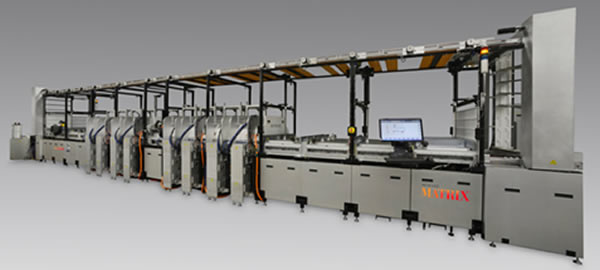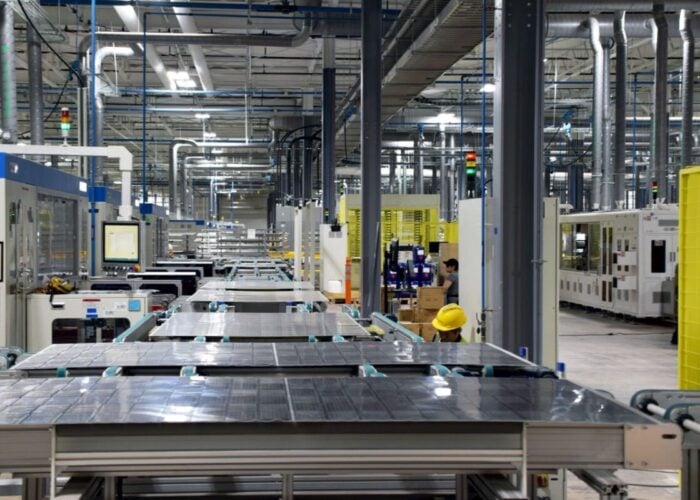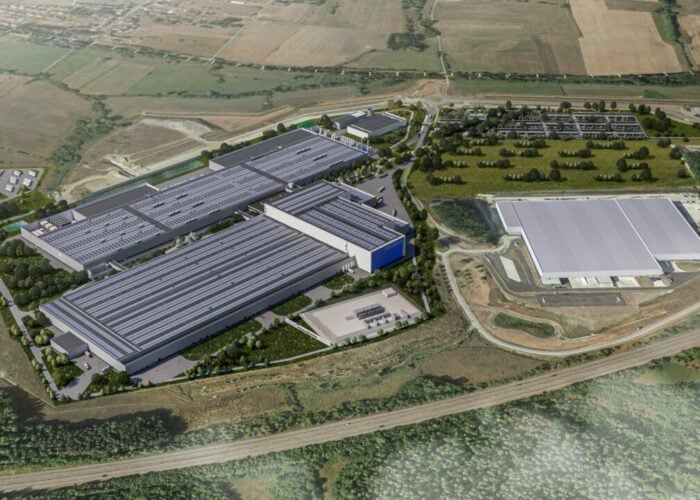
High-technology equipment manufacturer Intevac said it was tracking around 5GW of high efficiency n-type monocrystalline solar cell capacity expansions that are expected through 2020, providing a market opportunity for its ‘MATRIX’ platform of around US$175 million.
The company noted in its fourth quarter 2015 earnings call that with two tier-1 PV manufacturers having adopted its PVD tool as well as completing an ion implant tool process development program with a partner, demand for high efficiency n-type solar cells was expected to increase significantly.
Try Premium for just $1
- Full premium access for the first month at only $1
- Converts to an annual rate after 30 days unless cancelled
- Cancel anytime during the trial period
Premium Benefits
- Expert industry analysis and interviews
- Digital access to PV Tech Power journal
- Exclusive event discounts
Or get the full Premium subscription right away
Or continue reading this article for free
Wendell Blonigan, CEO of Intevac said: “Industry estimates project that the capacity required to produce high efficiency N-type solar cells will double over the next three years and be up 2.5 times by 2020. This equates to 5GW of new capacity to be added in the industry. We expect to participate in a meaningful way in the capacity build out to support this growth. Based on those estimates, a combination of 65 MATRIX PVD and implant tools would be required to support all the incremental N-type capacity growth, less any capacity included for heterojunction devices. Based on our activities with our initial customers, we estimate our five-year revenue opportunity for the MATRIX to be around US$175 million.”
The company also noted that it had signed off and received payment for its first MATRIX PVD system order and received an order for a second system from additional tier-1 customer in 2015.
Attend the inaugural PV CellTech technical conference being held in Kuala Lumpur, Malaysia between 16 – 17 March, 2016, covering the latest technology and manufacturing developments. More details here.






